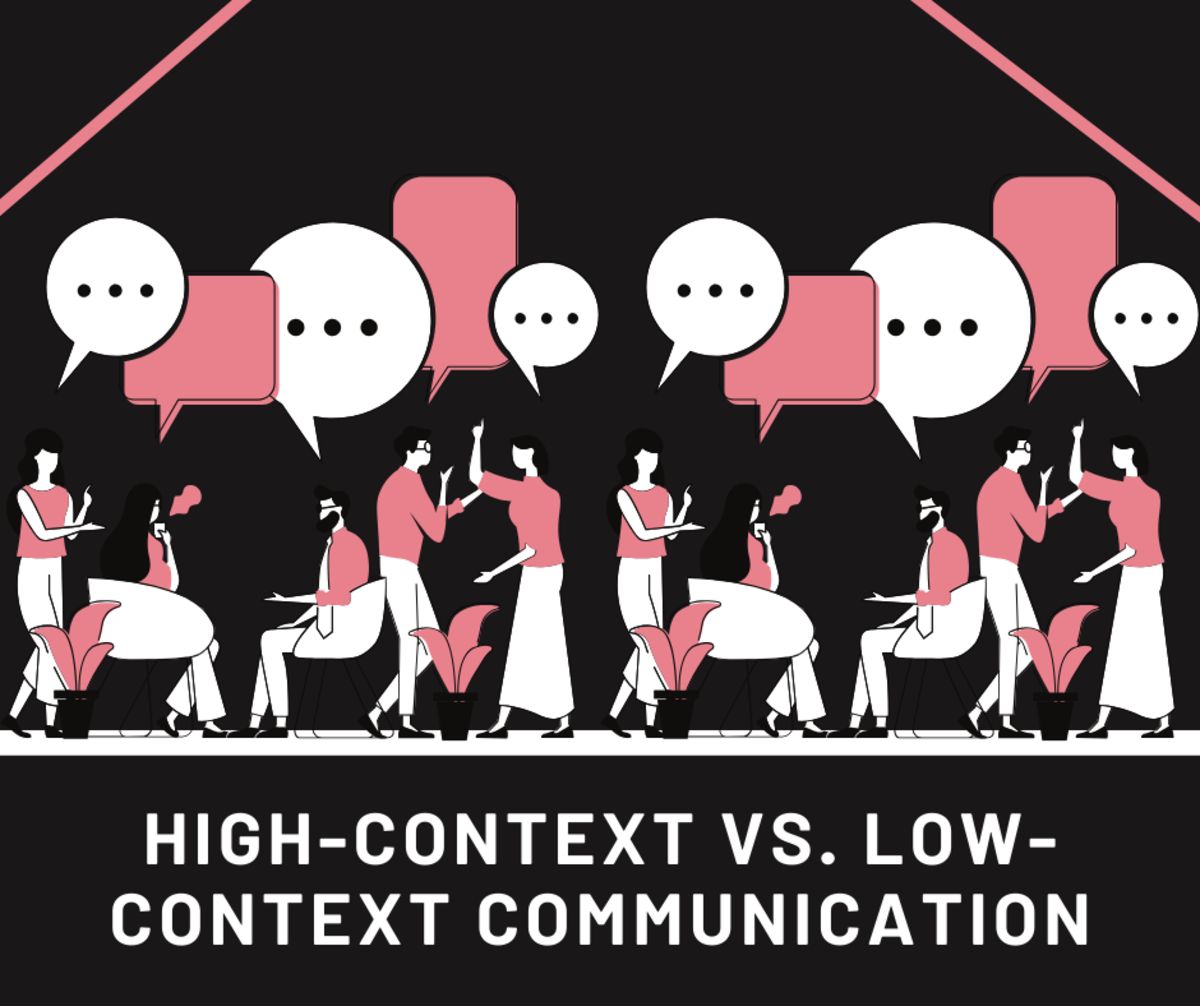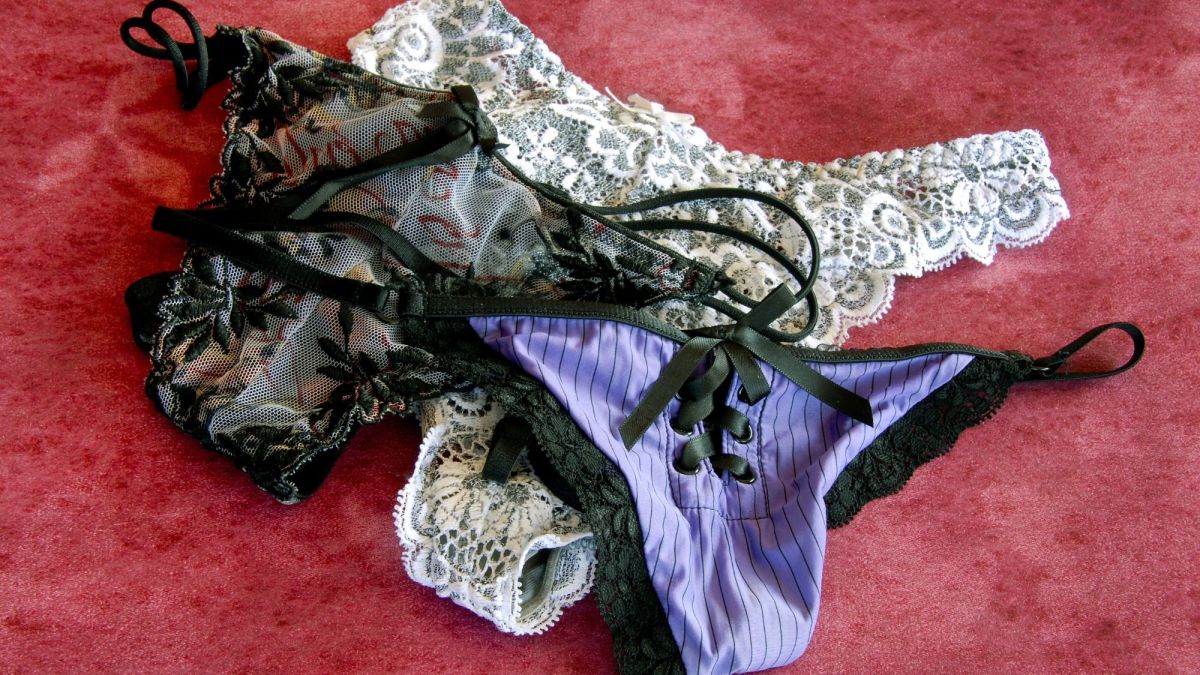Why sex matters
It has been said that mankind’s motivation to build great civilizations, wage bloody wars, and explore the vast reaches of the world, was to impress the opposite sex. While this may be dripping with hyperbole, it is by no means without merit. Males and females, regardless of species have an undeniable instinct to pass on their genetic information through procreation. This innate process is unfortunately complicated through the necessity of a mate. Therefore the attracting of a mate (preferably a genetically fit one) has taken on such paramount importance that it often trumps self-interest, self-preservation, and in some cases: all rational thought.
While both males and females are looking to pass on their genes to future offspring, their requirements for a suitable mate differ greatly. Strength and size are typically the most observable prerequisite for suitable male mates in many species. However these physical attributes are really just a means to the two most important traits for males to possess: the ability to acquire more resources and the ability to fight off predators. Low writes on page 79 that after evaluating the results of a questionnaire about mate choices among thirty-seven different cultures around the world, women universally rank a male’s ability to get resources as high. This desire for resources and protection is more than simple greed. Rather it is linked to the biological instincts of self-preservation and reproduction. In finding a mate that can provide resources and defend oneself, the female ensures that she will be taken care of while pregnant and her offspring will have a greater chance of survival once born. In a competitive and unforgiving world, an organism must take as few risks as possible when it comes to the wellbeing of her family.
Of course, being big and strong is not always the best way to acquire resources like food and shelter. High political standing within a social hierarchy is always a great way to acquire resources. Increased intelligence or cunning could also prove useful. Having exceptional fortitude or healthiness may allow a potential mate to be more desirable. In many human cultures, a good sense of humor or a winning personality positively influence the likeliness of attracting a mate. Genetic fitness adapted to a given environment is always an important point to consider. As being from a higher social class would afford a family little comfort in the midst of a revolution and even the funniest man may prove useless in a physically demanding environment.
Although there are a few exceptions, males are not concerned with a female mate’s ability to gather resources, but rather with her fertility (Low 80). In primates, specifically humans, the traits that a male seeks are represented by physical cues. These include, firm breasts, a large buttocks, large hips, and an appropriate hip to waist ratio (Low 80). These physical manifestations of fertility tell the hopeful male that this potential female mate is of the required sexual maturity, is well equipped for childbirth and that his genetic material will be successfully passed on if he chooses to mate with her. It has been shown that while females care little of their mate’s age, males have a very strong preference for younger mates (Low 89). To put this bluntly: Men like their women young and pretty, while women like their men rich and powerful.
In human societies, there are some unusual conditions that may produce nontraditional mate selection habits. In arranged marriages, the parents of the male and female decide whom their children with marry and subsequently mate with. Dowry, a gifting of goods to further influence the marriage, may be presented to sweeten the deal. In such cultures, the betrothed are used as resources of their parents who often see socioeconomic gain in the transaction. Another habit is self-mutilation. Mutilation of oneself can occur in some cultures in the interest of securing a mate, including female clitoridectomy (female circumcision) or lotus foot (binding of women’s feet). Although both of these customs decrease the female’s general fitness, they are practiced when male mates have the will and power to demand it (Low 84). This generally occurs when there is a disproportion between eligible mates and social power between males and females. “What is common, approved, and thought ethical varies widely across human cultures, temporally and spatially” (Low 90).
One paradox in the animal kingdom is the difference between genders that signal among species. In nearly every species, it is the male that must develop plumage, antlers, coloration, songs, or whatever other signaling is fitting to its kind. However, in human culture, it is the female that sends out the most blatant signaling. For centuries, women have turned to cosmetic enhancement to redden their cheeks and lips (a color many animals, including humans, are alerted by), mask their age by concealing wrinkles, and even subject oneself to self-mutilating surgeries. Women of the past removed false ribs to produce a trimmer waste line. More recently, liposuction, collagen or Botox injection, breast enhancement and other plastic surgery do much the same thing (Low 85). In addition to temporary and permanent modifications, the garment industry has grown to a whopping $150,000,000,000 a year business, supported by a worldwide demand for fashion. Although not strictly established for the procurement of suitable mates, these industries and their associates depend largely on women competing amongst themselves and may even go so far as to intentionally damage already desirable women’s self-esteem in the interest of increased profits. “These manipulations imitate signals of youth and health” (Low 85).
“… Suggest that in humans, males should be the “ornamented” sex, yet most people talk about women’s adornments. But ornaments can be what either sex advertises” (Low 86). Males in western cultures will make extravagant purchases, often far outside their economic status, in the interest of attracting a mate. Fast cars, big houses, shiny watches, Italian suits, dinner at Morton’s, all of these unnecessary luxuries can be tools to show wealth and power and attract a potential mate. These “adornments” signal that the male has considerable resources, so much so that he is freely able to use them recklessly. Women, as it has been explained, are seeking males with resources to mate with and thus often proves successful. This is known as the “Handicap Principle” and is essentially the same as antlers on a stag or the bright red chest of a male gelada. “The message is: I am so fit that I can support this expensive handicap, which would kill a lesser individual” (Low 85).
What is deemed attractive is not a constant. Centuries ago, a woman from a wealthy family would not have to toil in the family fields and therefore would not be subjecting to the tanning effects of the sun’s ultra-violet rays. As a result of this, pale skin was a sign of a woman’s family’s wealth and was greatly admired and mimicked through the use of cosmetics (Low 84). To contrast this in more recent times, a year round tan has been deemed fashionable, as it declares a woman’s family wealthy enough to travel to sunnier climates in the winter months (Low 84). To emulate this look, modern women utilize cosmetic skin tanners and carcinogenic tanning beds; once again putting their health at risk in the interest of attracting a mate.
In their research of modern preferences of mate selection, Buss and Burnes discovered that “the three characteristics consensually placed at the top of the study are: kind-understanding, exciting personality, and intelligent” (Buss and Barnes 568). Despite these three traits rising to higher importance in recent generations, is was also shown in the study that modern women still highly value men with an increased earning capacity and concurrently men find women with proficient housekeeping skills to be in demand. This is likely caused by changes in modern demands and with it, changes in the traits that determine ones fitness as a mate. Although we will likely never escape our biological impulses in mate selection, resources and fertility, there seems to be some hope that one day a being of good moral character is the most desirable of all.
Works Cited
Low, Bobbi S. “Why Sex Matters.” Princeton University Press (2001) 77-91. Print.
Buss, David M. & Barnes, Michael “Preferences in Human Mate Selection.” Journal of Personality and Social Psychology (1986) Vol. 50, No. 3, 559-570. Print.








